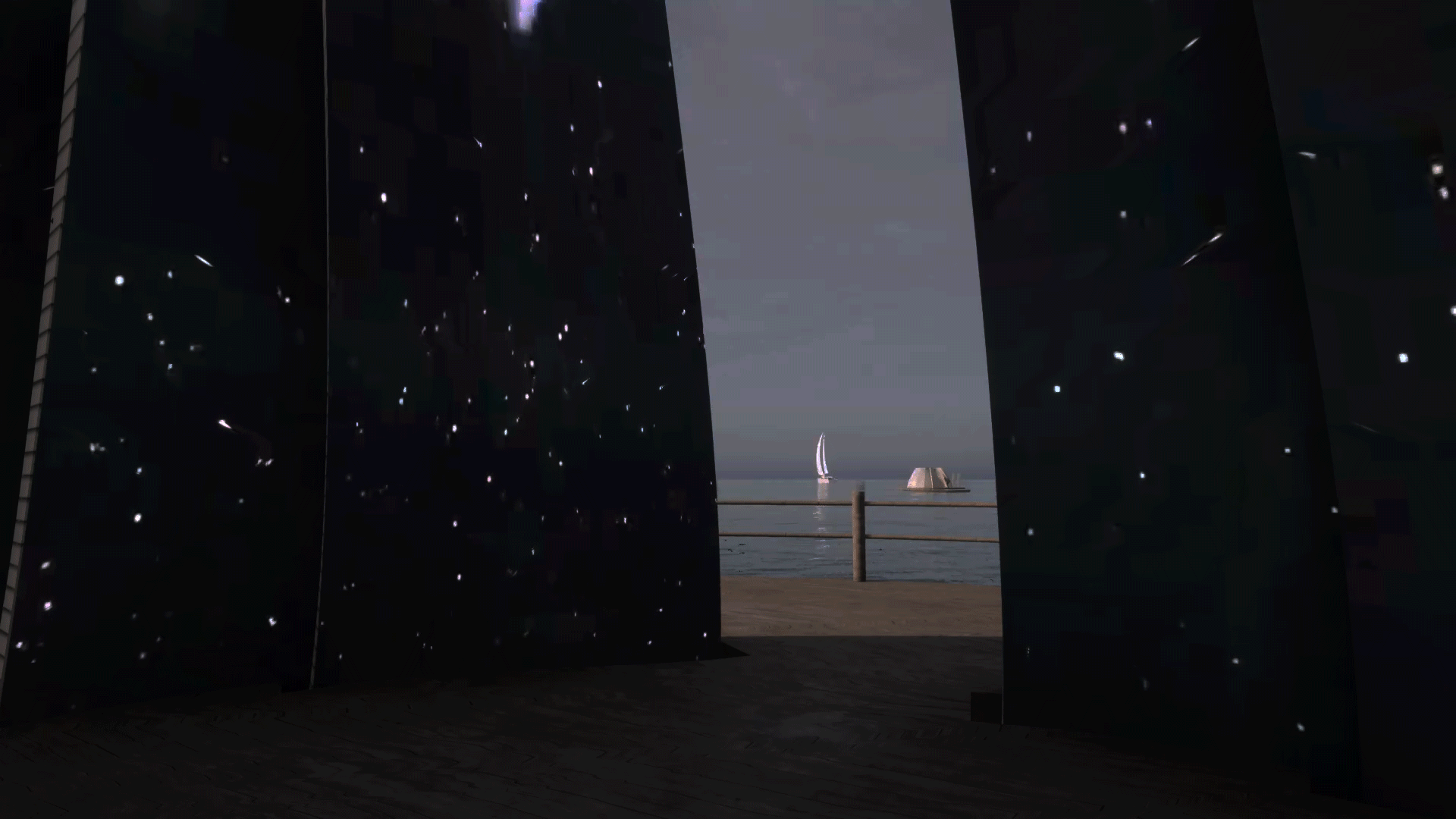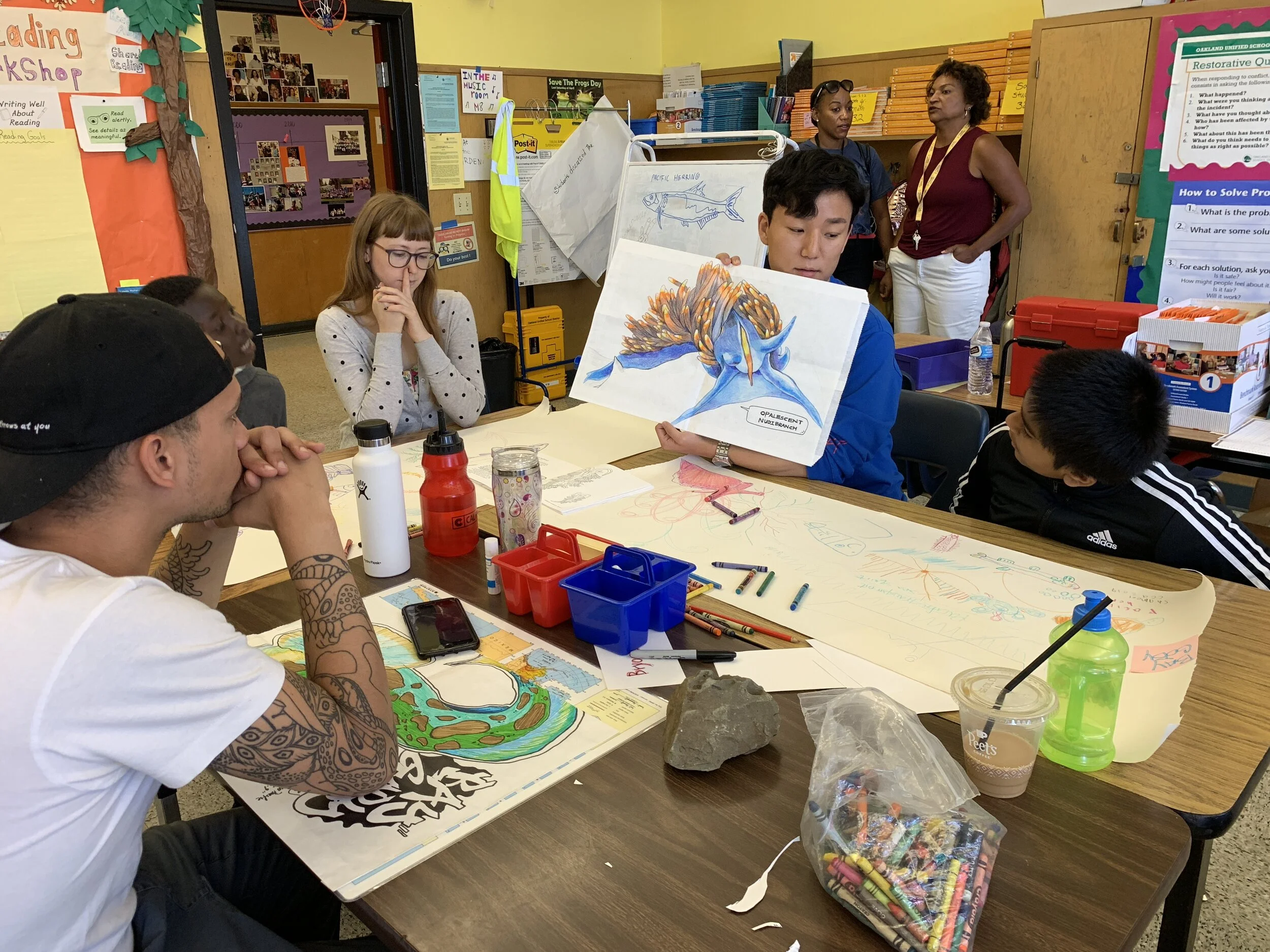
The Living Pod marks a new direction in building with cells to create a bioplastic that is 3-D printed into a shell that supports research into tangible strategies for ocean health.
PHA (Polyhydroxyalkanoates) BIOPOLYMER
Life Cycle Analysis of PHA
The story begins with a simple gas. Methane, an elemental hydrocarbon, that occurs naturally in places like thermal vents deep in the ocean or under frozen lakes. This greenhouse gas is twenty-five times more potent than C02. Yet, a bacteria in the methanotroph family exploit this gas as a resource. This ancient bacteria uses methane to produce a ‘fat’ known as Polyhydroxyalkanoates (PHA).
Our project synthesizes PHA biopolymers with large scale emerging robotic 3D printing methods to fabricate floating multi-disciplinary research vessels. 3D printing is becoming viable for custom on site fabrication. The Living Pod is designed as a research vessel demonstrating an ocean-friendly way of building. Research is needed to study the relationship between the PHA thickness and the rate of degradation in the marine environment.
PHA prototype
Final 3d print
In the first generation of the design, we printed 3d models with a corn based bioplastic called PLA and tested it in the ocean.
After many months, the colonization of the prototype was amazing. Surface differentials of hills and valleys successfully created habitat for a variety of invertebrates, even tiny shrimp, but the material didn’t break down. We subsequently learned that PLA, though corn-based needs an industrial composting facility with high heat and substantial energy to degrade.
This insight that even the corrosive ocean would not break down PLA inspired us to reach out to Molly Morse, the founder of Mango Materials, a company that is at the forefront of bringing PHA to the marketplace. Molly explained that in the ocean microorganisms will consume the PHA and completely breakdown it down to its end carbon elements, elements which are not only non toxic but food.
This became the driver of the design.
WOOD
Life Cycle Analysis of the Living Pod Floating Platform
The platform forms a flotation device for the living pod. The logs are arranged to direct flows into the center to collect surface debris.. Wood has the ability to float and is appropriate for marine application. It is easily sourced and over the course of its life will sequester carbon.
Top View
Bottom View
MARINE ANIMALS

PUBLIC ENGAGEMENT
We kicked off the 2020 BioDesign course with a visit to the Prescott School 5th grade classroom. California College of the Arts architectural students shared invertebrates drawings. Their teacher said, when a student learns something new, and then draws or makes it, they now own it, it becomes their own.”


















